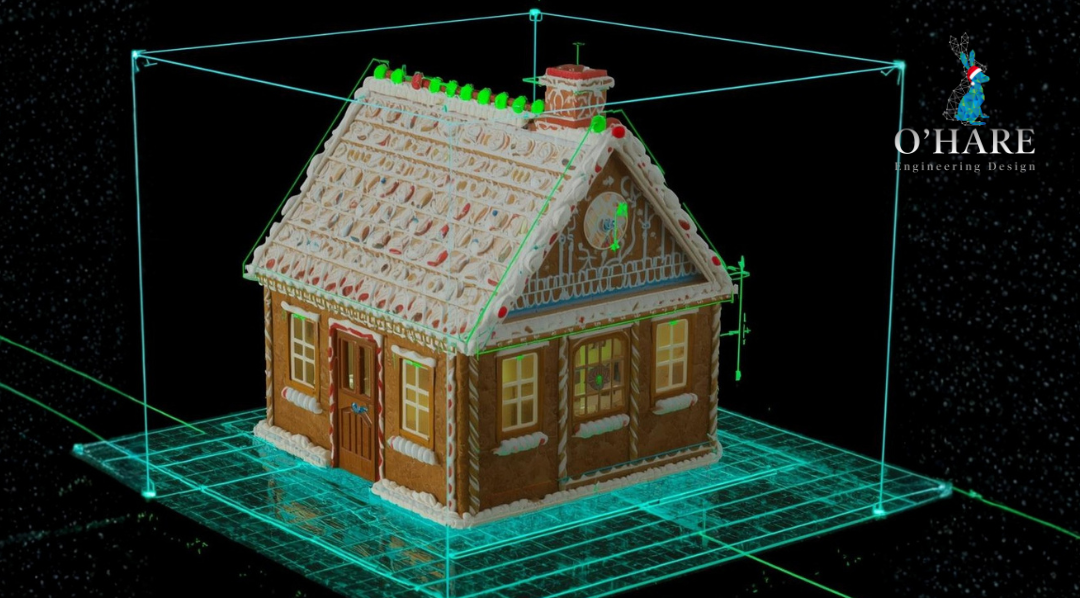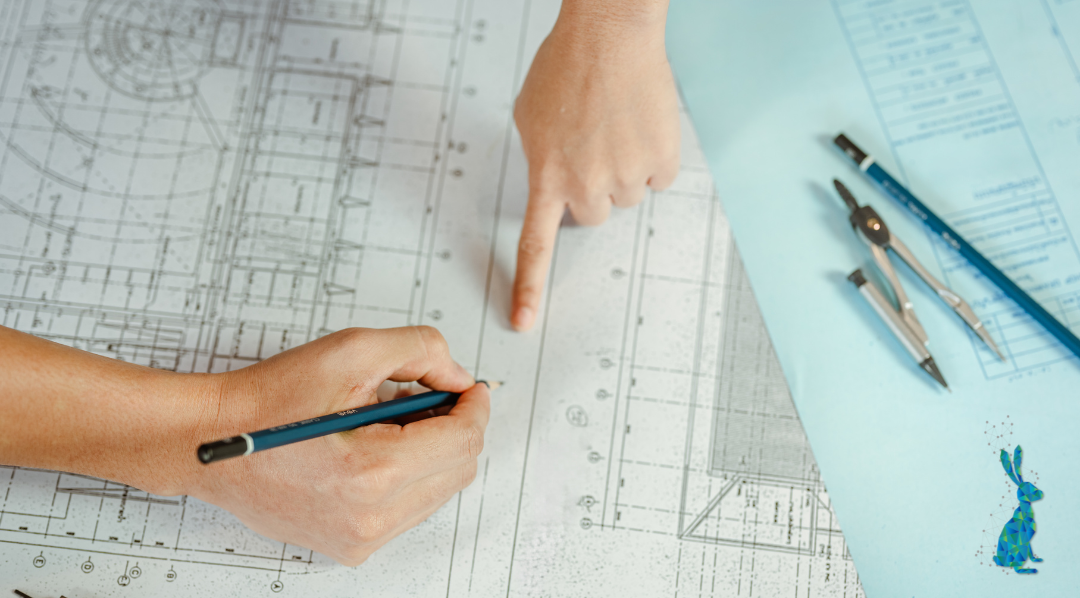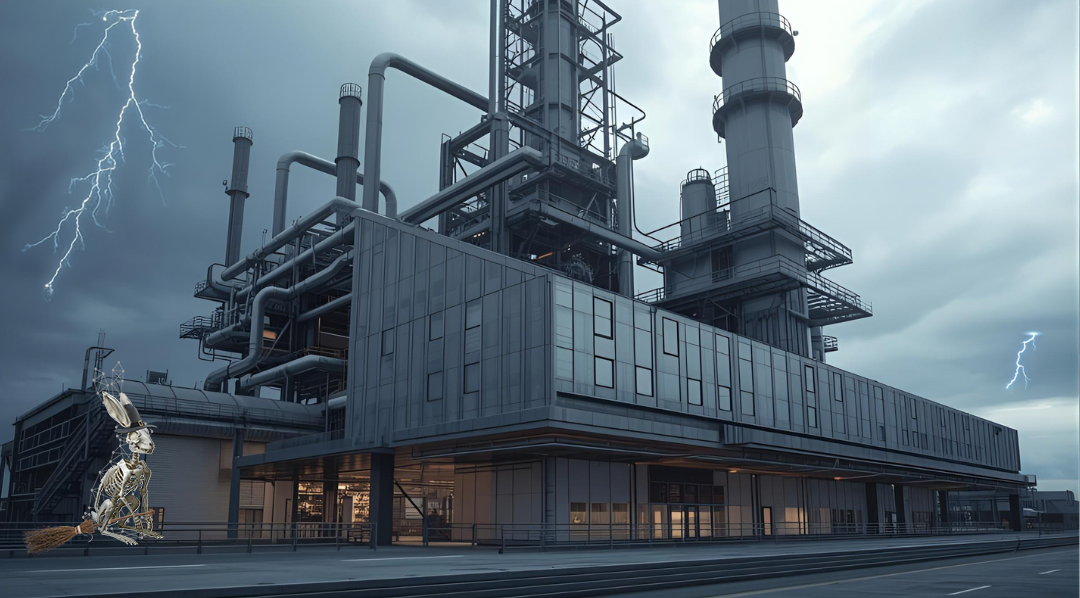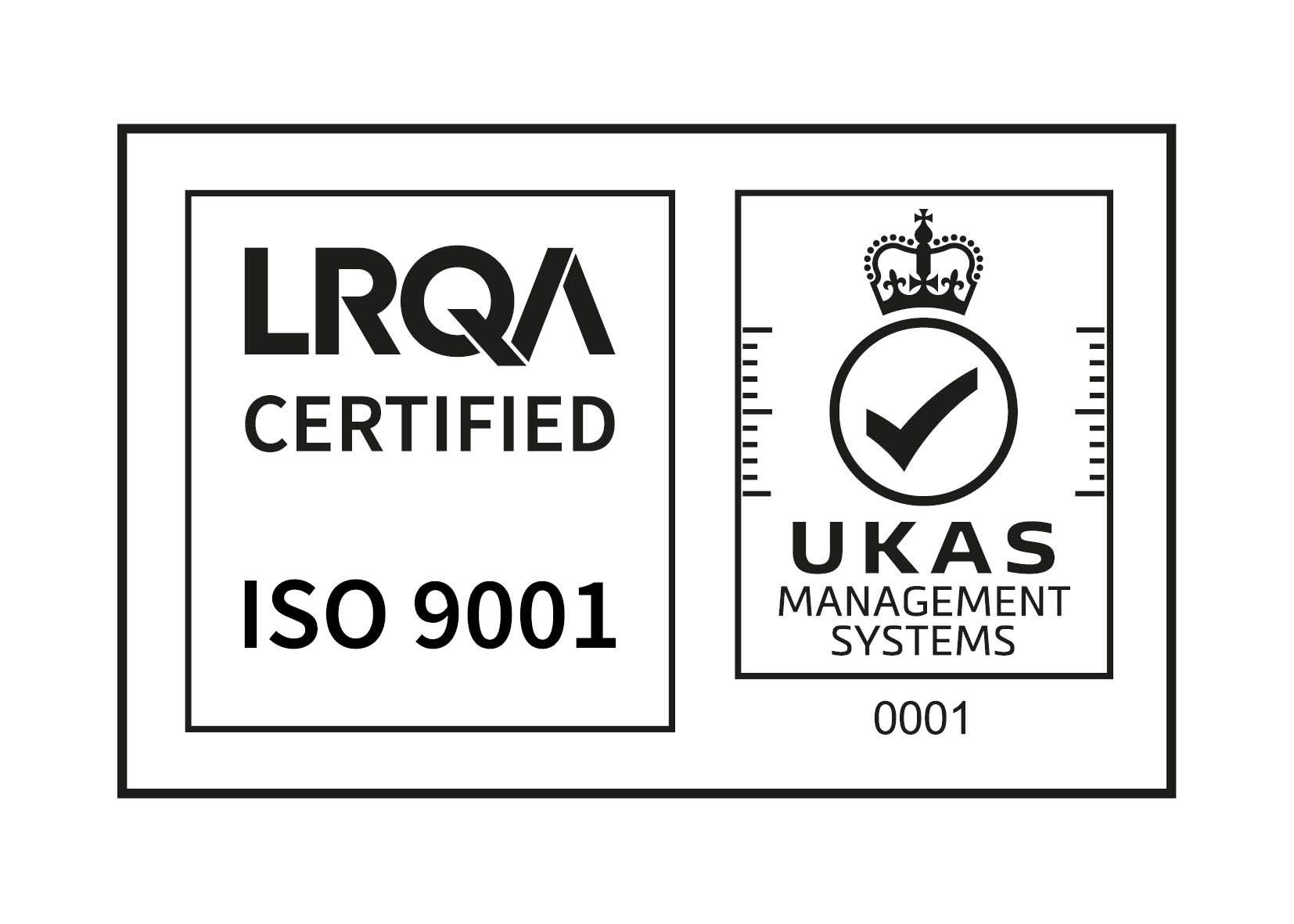HOW 3D MODELLING AND VISUALISATIONS CAN HELP REDUCE ERRORS IN FABRICATION

HOW 3D MODELLING AND VISUALISATIONS CAN HELP REDUCE ERRORS IN FABRICATION
Date: 20th September 2022
Errors in fabrication can be an expensive mistake for any organisation, so finding ways to mitigate these risks is important.
3D modelling and visualisations aren’t always the first option which springs to mind in the design phase of any fabrication project, but the benefits of doing so can include…
- Ensuring that all questions and concerns about the design are considered and addressed before investing in fabrication
- Ensuring all health and safety points have been considered and mitigated in advance
- Reductions in waste fabrication materials from redesigns and breakages
- Less time and money wasted on projects that are bound to fail in the first 10 minutes due to oversights
So, how is this possible?
Creating assembly drawings instead of single parts.
One of the biggest advantages of using 3D modelling and visualisations in your design process is that, instead of creating single parts you can create assembly drawings. These allow you to carry out interference testing of the design to confirm that it will fit into its designated space on the shop floor around existing equipment. This means that any problems are identified way in advance to reduce the need for redesigns and ad hoc changes when the fabrication is being installed.
Assigning parts materials in advance of fabrication.
Assigning your design the correct materials during the design process isn’t just used to make it look smart. It can also be used to calculate the estimated weights of each part and of the design to aid in transportation and manoeuvrability. This is also important from a health and safety perspective as it ensures you can arrange for any required equipment to be available to aid in the installation of parts.
Stress testing
The software we used to create visualisations is also a really useful tool when it comes to testing the feasibility of designs. Once they have been assigned a material, parts like brackets and even the intervals between the brackets can be stress tested to;
a) Check that the assigned materials are strong enough to deal with the stress and pressure put upon them.
b) Reduce material fatigue.
c) Avoid wasted time, money and effort further down the line to fix breakages or damages.
Preparing for logistical challenges that could prove expensive mistakes.
Can you get a welding head into that specific radius? Do you have the machines available to produce this design or will additional budget be required to fabricate this? Can this design be fabricated and built on site or will it need to be outsourced and transported? These are all important questions that come with huge cost and material repercussions if you get it wrong. 3D modelling and visualisation has the capability to give you clarity on all of these points, reducing fabrication errors further down the road.
If you would like to find out more about how 3D modelling and visualisations could benefit your next design project,
book a free design consultation with us today.




